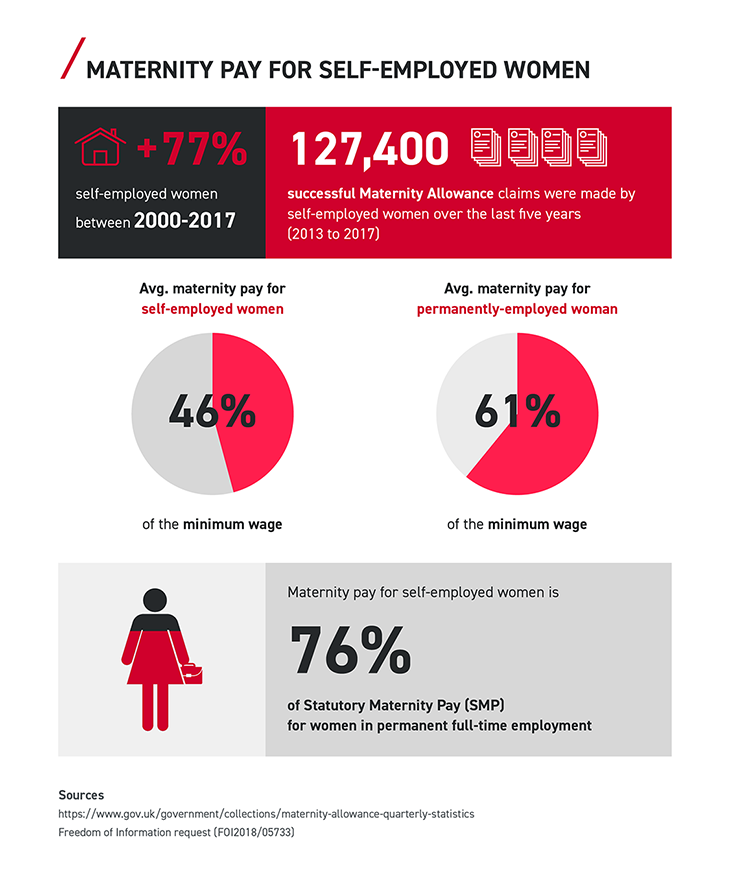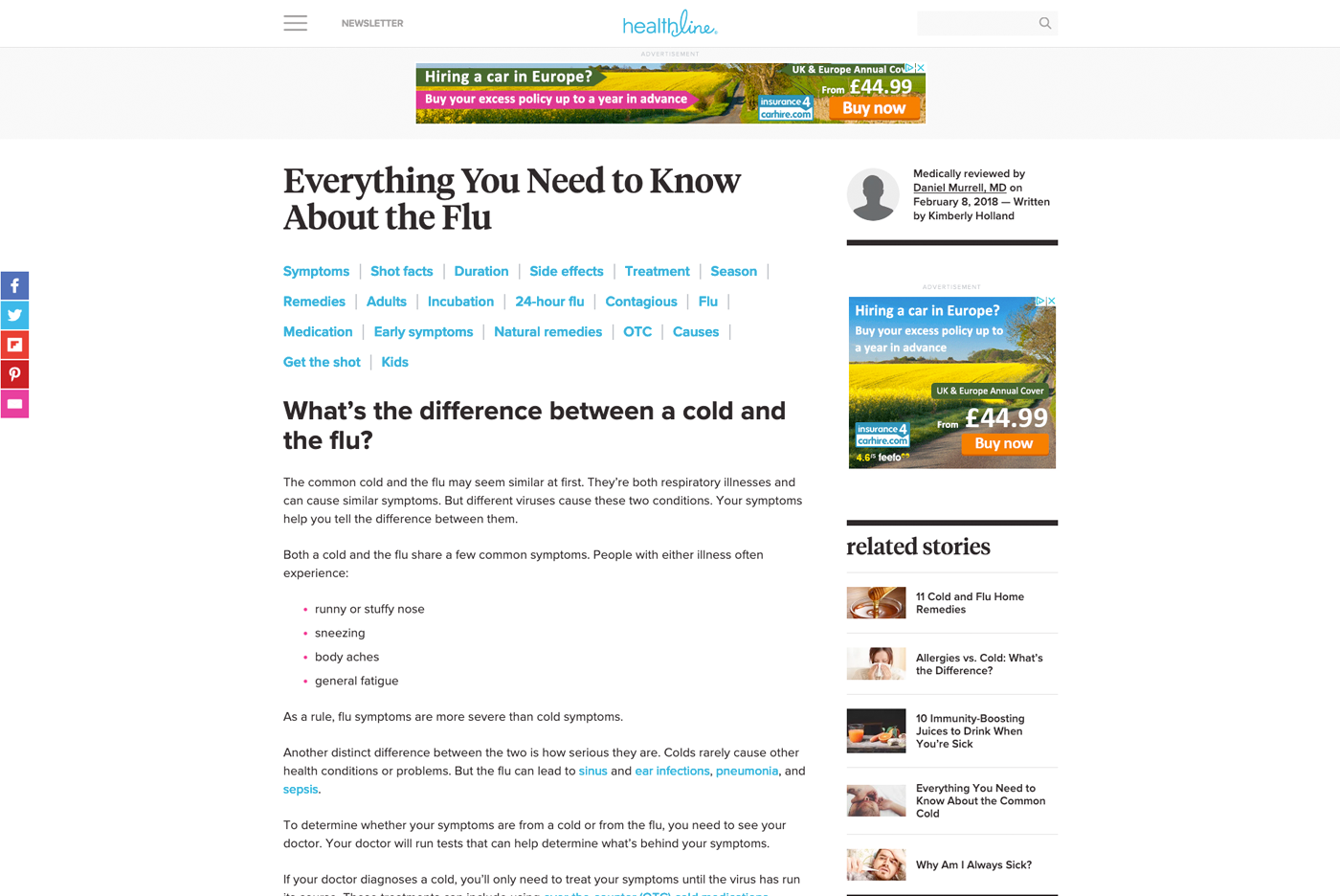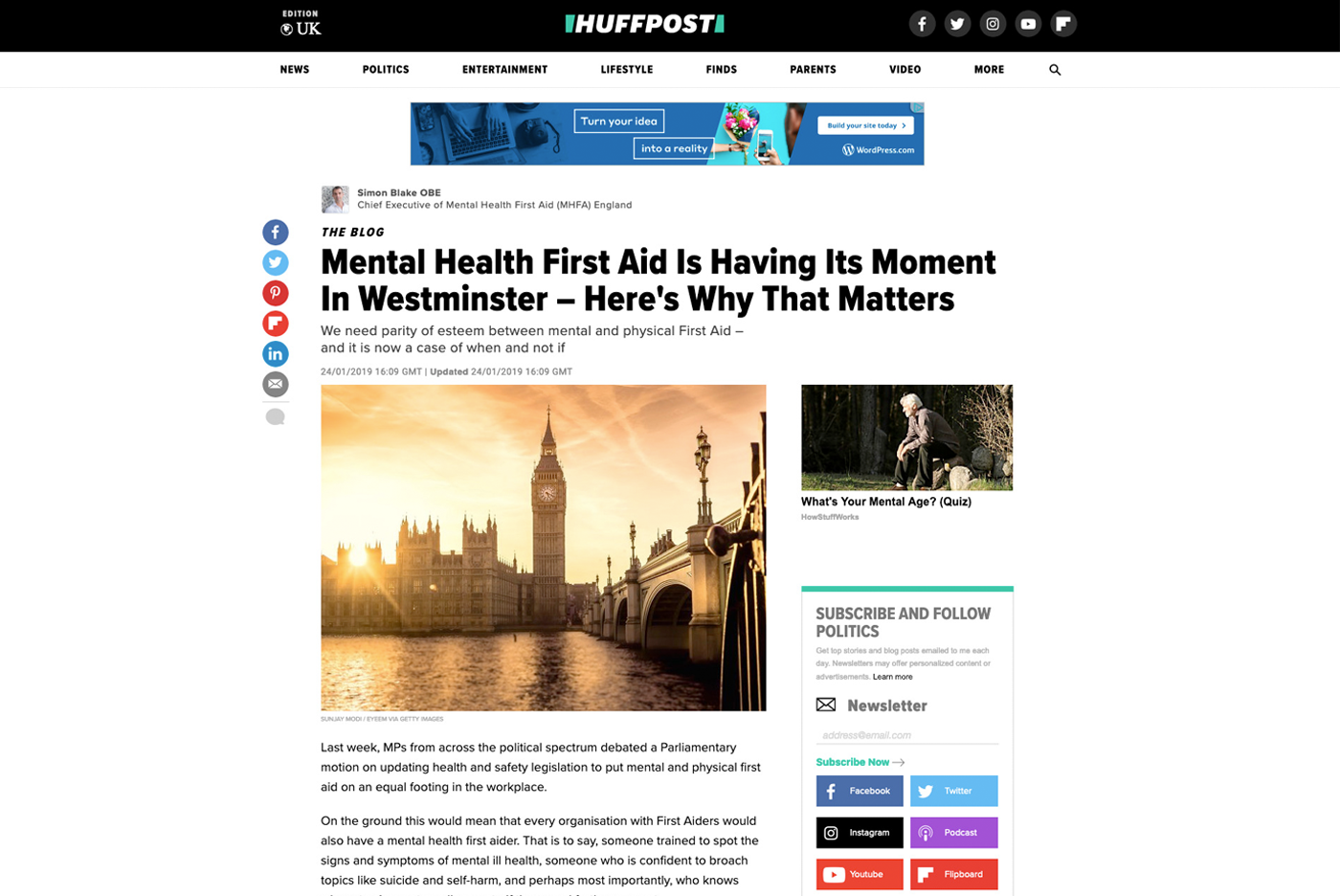What can content creators do right now to stop the spread of misinformation and disinformation?
Trust in the news media continues to decline, with two-thirds of people globally saying they believe journalists and reporters purposely try to mislead people, and just 35% of those in the UK said they trust the media. In contrast, a Cision Report found that 75% of journalists assert that 100% accuracy is more important than being first to a story.
As content creators and PR professionals, we must recognise our role in the news landscape and our responsibility to provide factually accurate and verified information.
Here are my tips for doing just that:
Root your story in credible, verifiable information
When producing a piece of content, do everything in your power to make sure it is factually accurate, credible and relevant. Collect your data from multiple, official sources and reference them clearly. Wherever possible, corroborate claims with multiple sources or testimonies, and ensure you have a rigorous validation process.
For example, in this maternity pay article for John Charcol, we combined government statistics with Child Poverty Action Group research, a Freedom of Information request and a survey of UK mothers to present a robust and verifiable story.

Get your content fact-checked
Pass your work over to your resident skeptic and ask them to poke holes in it. Your fact checker should ideally be separate from the project and be tasked with double-checking every claim and statistic.
If you’re writing a specialist piece for the health sector for example, your content should be written or guided by one expert and fact-checked by another. Healthline do this consistently well on their blog:

Be transparent about your authors or expert contributors
If possible, include the qualifications of authors and those you’ve sourced to contribute to your piece. As a content creator, you need to prove why readers should value and respect the information you publish. For example, Huffington Post often list the credentials of authors alongside the article title which helps readers gauge reliability.

Show your working
When using statistics, calculations and other data, make your methodology clear and easy to follow. That way readers and journalists looking to quote your work can easily fact-check your claims.
For example, this calculator which helps UK residents weigh up the cost of a booze cruise to Calais required several data sources and calculations, so we listed our methodology for journalists to refer to.

Know your audience
If you have done your research and know your audience, you can create content that is good enough without resorting to fake news. We’ve found that some of the best content follows the ‘three Es’ benchmark:
- Emotive: Content that makes your audience feel something
- Educational: Content that teaches your audience something new
- Engaging: Content that keeps your audience interested
If you focus on using your expertise and unique insight to serve your target audience those three Es, there will be no need to rely on overly-hyped fake news.
Additionally, Google’s latest algorithm update called ‘the helpful content update’ is being launched to ensure people see original, helpful content written by people, for people, in search results.
This will therefore penalise auto-generated content, content lacking in expertise, and content on lots of different topics, written in the hope of some of it performing well in search.
This underlines even stronger the importance of writing quality content for your audience that will genuinely help them and is factually accurate.
Don’t become part of the problem
When you find a story online, always check if it has a basis in fact to ensure you don’t fall for fake news or misinformation yourself.
Check if other reputable news sites have covered it and question the facts as they are laid out. If it mentions a report, look that up to read it for yourself. As mentioned earlier, fake news stories prey on emotions that the creator knows will shock or disgust you and make you want to share them. Always triple-check before giving in to those temptations.
With newer social media sites like TikTok, which thrive off instant virality, you need to be just as vigilant. This article helpfully lists ways in which you can spot fake news on the platform, such as double checking the account that posted the video, reverse google image searching of key frames from the video, checking the comments on the video, checking the sources and verifying the information before sharing.
Stick to your principles
As a content creator, you must have a set of values and stick to them.
At Builtvisible, one of our guiding principles is that we always act in the best interests of our clients. Creating poorly researched, misinformed content is clearly not in their best interests nor that of their audience so that value guides our decision-making and fact-checking process.
We are also careful about the sites we outreach to, avoiding those who we feel are guilty of consistently fuelling misinformed or hateful content. This way we ensure a principled and powerful outreach approach in which we only gain coverage from reputable and highly relevant sites to the benefit of our clients.
What does the future look like?
The news industry is continuing to struggle with its demons. Misinformation, disinformation, personal biases and the tidal wave of technology, as well as new apps, influencers, users or even politicians who are desperate for attention in any form, mean the challenge to regain trust is a tough one.
Artificial Intelligence, Augmented Reality, Virtual Reality and the Metaverse could all be of particular concern as they all develop into their more advanced and widely used forms with the potential to facilitate the creation and spread of fake news en masse.
Through such immersive forms of media such as these, fake news could feel more engaging and impactful to users, and may therefore be more easily fooled by more impressive technology.
Awareness of and the backlash against false information in the news is growing. As mentioned, Google’s latest algorithm update tackles auto-generated content from non-experts, and it has also just announced plans to educate people about disinformation techniques via adverts on social media to improve people’s ability to recognise manipulative content online.
We must promote continued investment in digital education like this, improved individual vigilance and a commitment to ethical, reliable and robust content creation. We must also be aware of new technologies and new platforms that have the potential to completely shift and transform how we consume news. Remaining in-the-know and curious about future changes will make it much easier to navigate the dark arts of fake news that may lie ahead. Speak to our digital PR consultants for more tips on how to build ethical content processes into your own content production. content processes into your own content production.
